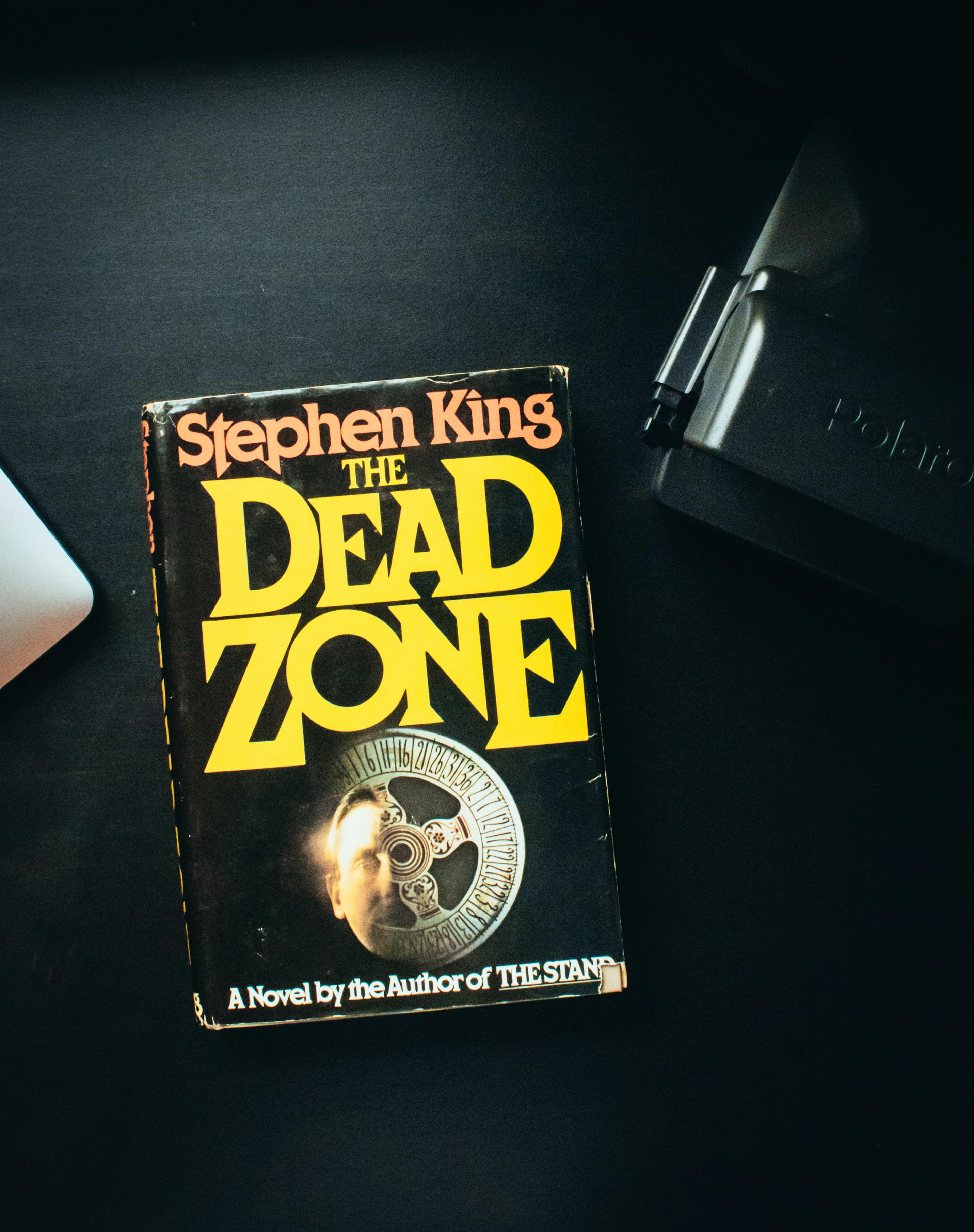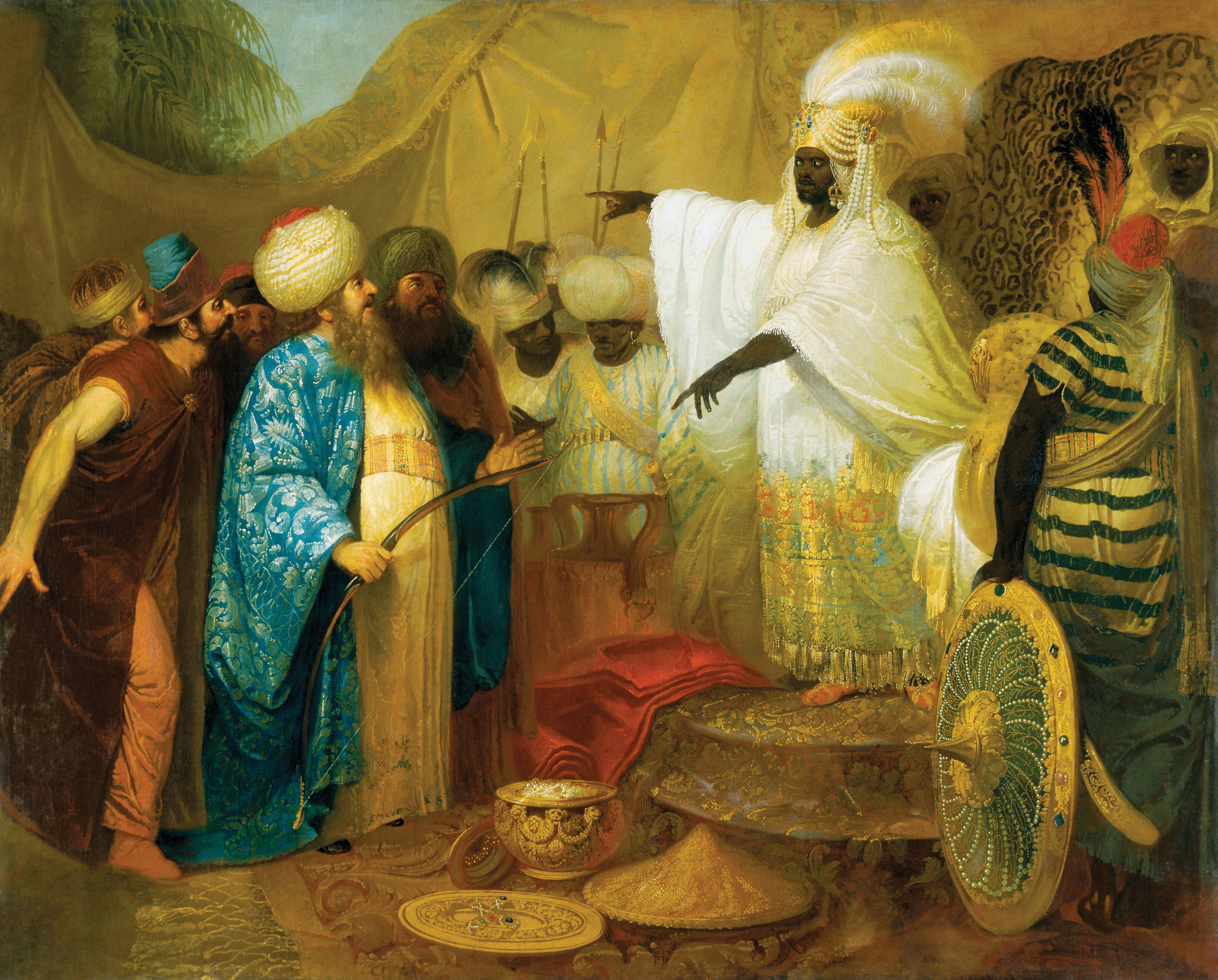Stephen King, often hailed as the master of horror, has left an indelible mark on both literature and cinema. His extensive body of work, characterized by its rich storytelling and complex characters, has proven to be a fertile ground for filmmakers seeking to translate his vivid imagination onto the screen. However, the journey from page to screen is fraught with challenges, as the nuances of King’s writing do not always seamlessly transition to visual media. This article undertakes an analytical exploration of Stephen King’s adaptations, examining the successes and shortcomings of various films and television series that have sought to capture the essence of his narratives. By dissecting key elements such as thematic fidelity, character development, and atmospheric tension, we aim to uncover the factors that contribute to a successful adaptation and understand the enduring appeal of King’s stories in both literary and cinematic forms.
The Essence of Horror: Analyzing Stephen Kings Narrative Style in Film
Stephen King’s stories have long been celebrated for their ability to weave horror with a profound exploration of human nature. His narrative style, marked by richly detailed settings and deep character development, often poses a unique challenge when translated to film. King’s mastery in creating an atmosphere of dread is often achieved through meticulous descriptions and the gradual buildup of tension, elements that filmmakers must translate visually. This requires a delicate balance of pacing, tone, and visual storytelling to capture the essence of King’s horror.
- Character Complexity: King often populates his stories with multifaceted characters whose psychological depth is crucial to the narrative. In film adaptations, this complexity can be challenging to convey without the internal monologues present in the books.
- Setting as a Character: Locations in King’s works are not just backdrops but integral parts of the story. The sense of place must be visually striking and atmospherically resonant to evoke the same emotions as the written word.
- Pacing and Tension: The slow unraveling of mystery and suspense in King’s books demands a careful cinematic pacing. Films must maintain the tension and horror without resorting to cheap thrills or jump scares.
In essence, the true test of a Stephen King adaptation lies in the filmmaker’s ability to encapsulate the essence of his storytelling—an artful blend of horror, human experience, and the supernatural—in a medium that relies less on words and more on imagery.

Character Depth and Psychological Complexity: How Kings Protagonists Evolve on Screen
Stephen King’s characters often begin their journeys as ordinary individuals, thrust into extraordinary circumstances that demand resilience and transformation. On screen, these protagonists are brought to life with an intricate layer of psychological complexity that mirrors King’s detailed character studies. Directors and actors work in tandem to peel back the layers of these characters, revealing their inner struggles and moral dilemmas. The evolution of these characters is not just about surviving external threats but also confronting their deepest fears and insecurities.
- Emotional Depth: King’s protagonists are not mere vessels for the plot; they embody a rich emotional landscape that actors must navigate with nuance.
- Internal Conflicts: The screen adaptations delve into the characters’ internal battles, often highlighting their vulnerabilities and strengths.
- Transformation: As the narrative unfolds, these characters undergo significant growth, often emerging with newfound understanding or resilience.
Through skilled performances and careful direction, King’s characters are transformed from page to screen, maintaining the essence of their psychological depth while adapting to the visual medium. This meticulous approach ensures that audiences are not just watching a horror story but are engaging with a deeply human experience.

Cinematic Atmosphere: Translating King’s Setting and Mood into Visuals
Stephen King’s mastery in crafting settings and moods is a cornerstone of his storytelling, and translating these elements into visual form is a delicate art that filmmakers must navigate. His novels often envelop readers in richly detailed environments, from the eerie, isolated Overlook Hotel in The Shining to the oppressive, small-town atmosphere of It. Translating such intricate atmospheres into visuals requires a keen eye for detail and an understanding of how setting influences the psychological landscape of the narrative.
- Visual Detail: Directors often rely on meticulous set designs and location choices to mirror King’s descriptive prose. For example, the unsettling symmetry and vastness of the Overlook Hotel in Stanley Kubrick’s adaptation reflect the isolation and madness depicted in the novel.
- Lighting and Color Palette: Cinematic adaptations frequently use lighting and color to evoke the mood King describes. The dim, cold hues in Pet Sematary create a sense of foreboding, echoing the themes of death and the supernatural.
- Sound Design: The auditory elements of a film play a crucial role in building atmosphere. The haunting soundscapes in It amplify the tension and dread that permeate the town of Derry, enhancing the viewer’s emotional experience.
In essence, successfully adapting King’s settings and moods to the screen involves a symbiotic relationship between visual storytelling and the narrative’s inherent psychological depth, allowing audiences to feel the same immersive experience as readers.

Lessons Learned: Recommendations for Future Adaptations of Stephen King’s Work
In the intricate process of adapting Stephen King’s literary works for the screen, several crucial insights have emerged, guiding future endeavors. Character depth and development stand out as fundamental elements. King’s novels are renowned for their richly detailed characters, and capturing this on screen requires more than just dialogue—it’s about embodying the nuances and complexities that make his characters so compelling. Future adaptations should invest time in developing backstories and motivations that align closely with King’s original vision.
Moreover, attention to atmosphere and tone is essential. King’s mastery in creating tension and an eerie sense of place is often the backbone of his narratives. To successfully translate this to film or television, directors and cinematographers should prioritize settings and cinematics that evoke the same mood as the text. Utilizing sound design and lighting creatively can enhance the atmospheric tension, making the adaptation more immersive. Here are some recommendations for capturing these elements effectively:
- Embrace subtlety: Avoid over-reliance on CGI or overt horror tropes. Let the story’s natural suspense build organically.
- Stay true to the source material: While some artistic liberties are inevitable, maintaining the core themes and plot points is crucial for authenticity.
- Focus on pacing: King’s stories often blend slow-building tension with moments of intense drama. Adaptations should mirror this rhythm to keep audiences engaged.
